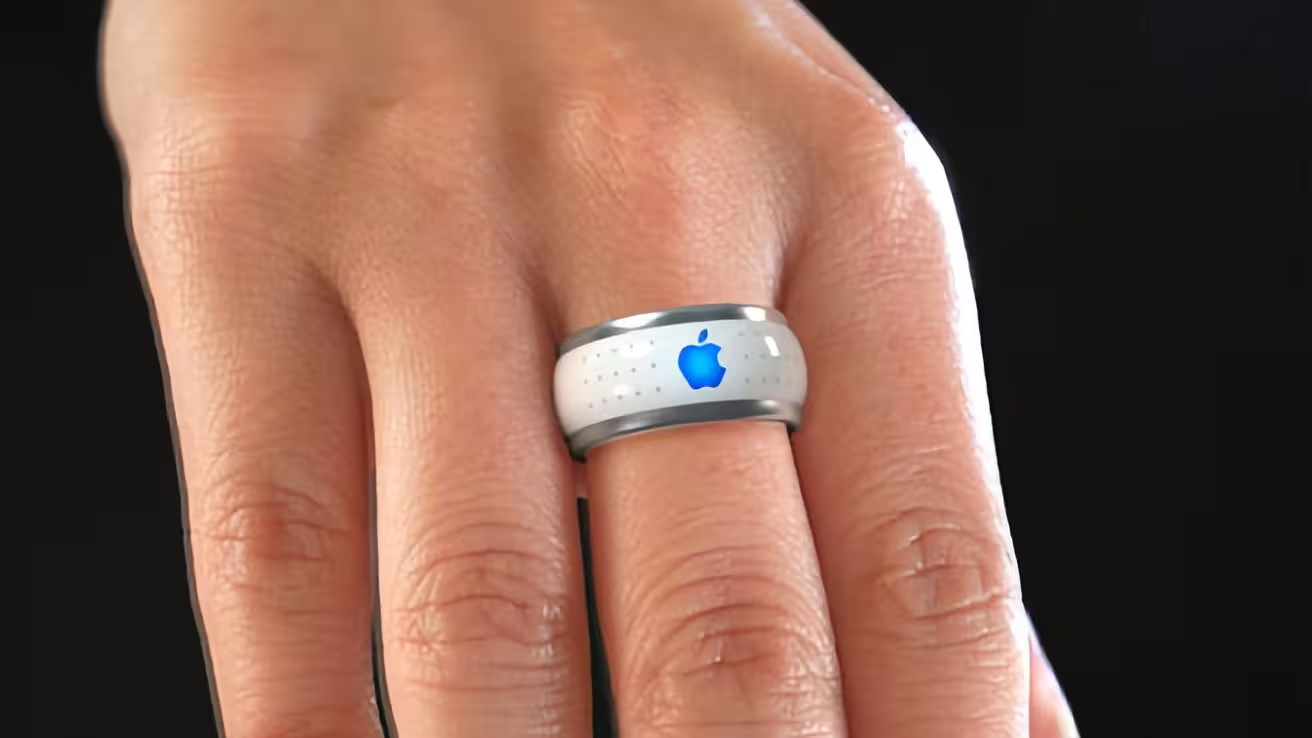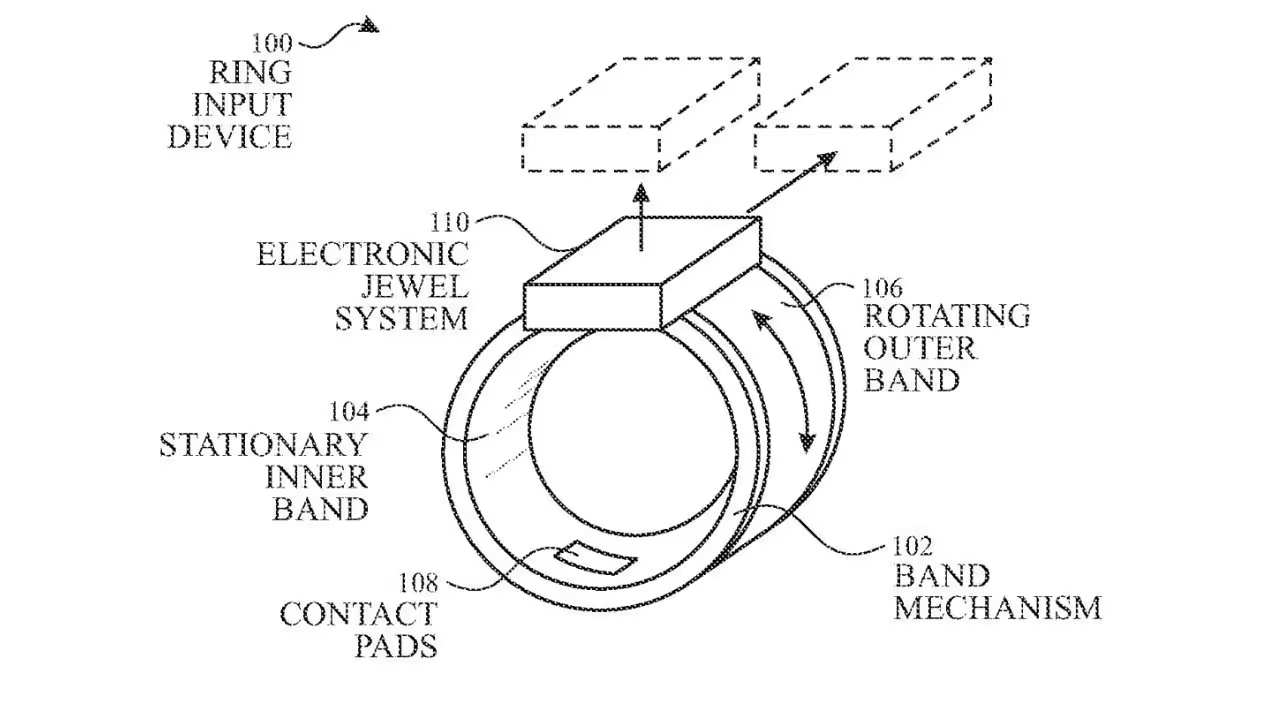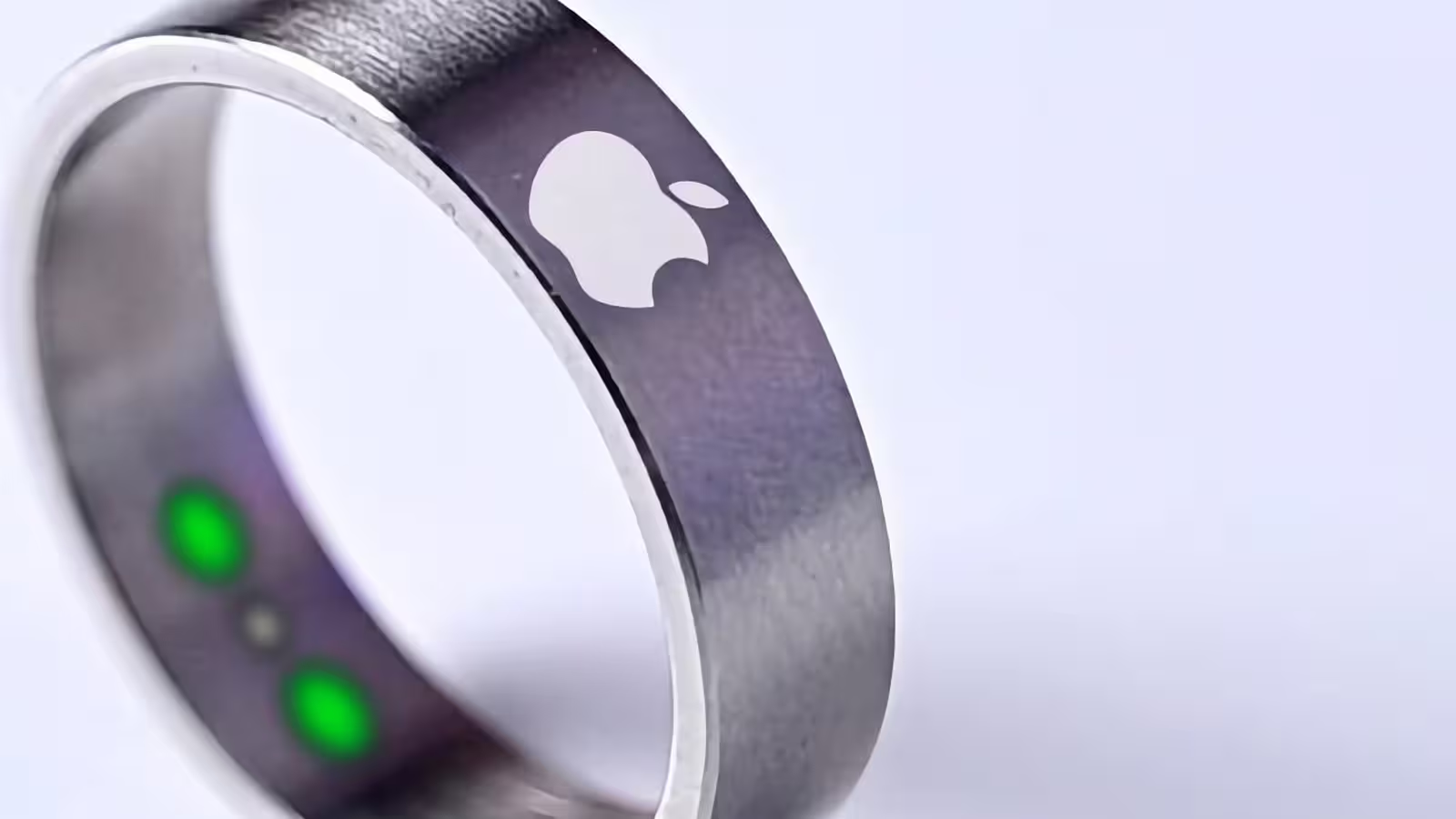6 Minutes
The Evolution of Apple Smart Ring Rumors: From Concept to Persistent Speculation
For nearly twenty years, the prospect of an Apple smart ring—often dubbed the “Apple Ring”—has captivated the tech community and wearable technology enthusiasts. While Apple has yet to officially release such a device, a consistent stream of leaks, conceptual designs, and patent filings keeps anticipation alive. In a field dominated by groundbreaking innovations like the Apple Watch and AirPods, the notion of a smart ring as Apple’s next pivotal wearable continues to generate global attention and debate among industry experts.
Why the Apple Ring? Rethinking Wearable Technology
Recent discussions were reignited by Mark Gurman, a prominent Apple analyst, in Bloomberg’s "Power On" newsletter. Gurman questioned the stagnation of Apple Watch updates, suggesting that a transition toward a smart ring could invigorate Apple’s wearables strategy. According to Gurman, smart rings offer unique advantages over smartwatches: they are more comfortable to wear—especially during sleep or vigorous exercise—thanks to their compact form factor. The absence of a traditional display contributes to extended battery life, with users potentially charging the device only every few days rather than daily.
The minimalistic approach also appeals to users overwhelmed by constant notifications. Unlike smartwatches, which often display multiple alerts, the Apple Ring could deliver a more discreet digital experience. Fashion, too, plays a significant role; a ring is inherently versatile and more likely to blend seamlessly with various styles, from athletic attire to formal wear. Moreover, a smart ring could allow users who prefer traditional mechanical wristwatches to enjoy advanced fitness tracking features without abandoning their favorite timepieces.

Technological Promise vs. Market Reality
Despite these perceived advantages, there is no official confirmation that Apple is actively developing or nearing the launch of a smart ring. Yet, the idea persists—buoyed by credible rumors, recurring speculation, and Apple’s visible investment in related intellectual property.
The Historical Arc: Early Concepts and Patent Evidence
The roots of the Apple Ring rumor trace back to 2007 when industrial designer Victor Soto introduced the "iRing" concept on Yanko Design. This early visualization imagined a futuristic ring, in white or black, featuring Apple’s iconic glowing logo. Designed to synchronize with iPhones or iPods, it would control volume and playback via a touch-sensitive strip and recharge on a specially crafted cradle. Even then, a two-day battery life was envisioned—highlighting the enduring appeal of practical, miniaturized wearable gadgets.
What sets the Apple Ring saga apart from many other speculative Apple products is the unusually robust trail of patent filings. Over the years, Apple has secured a broad array of patents for ring-based devices. These include designs for compact displays, gesture recognition interfaces, advanced haptic feedback systems, and integration with other Apple technologies such as the spatial computing-focused Apple Vision Pro. Some filings even propose expandable or modular smart rings that could be worn as part of a necklace or bracelet, demonstrating the company’s ongoing experimentation with wearable form and function.
The Market Awakens: Competitive Pressure and New Rumors
The smart ring conversation resurfaced with renewed vigor in early 2024, following Samsung’s unveiling of its own Galaxy Ring during the high-profile Samsung Unpacked event. This announcement fueled speculation that Apple might accelerate its own efforts to compete in the smart rings space. Insiders cited by sources such as ETNews suggested that Apple’s continuous publication of smart ring patents signaled an imminent push toward commercialization. However, details regarding a potential launch date—or even confirmation that such a device is in active development—remain elusive.

Industry Perspectives: Hopes, Doubts, and Contradictions
The lack of consensus within both industry analysts and competing device manufacturers further clouds the outlook. In October 2024, Mark Gurman himself stated that Apple was not “actively developing” a smart ring because it could threaten the position of the Apple Watch in the market. Contradicting this, CCS Insight’s chief analyst, Ben Wood, projected the debut of an Apple Ring companion device as early as 2026. Meanwhile, Tom Hale, CEO of smart ring leader Oura, expressed skepticism, arguing that Apple's entry into the category could cannibalize Apple Watch sales—a scenario he suggested Apple would wish to avoid.
This diversity of opinion underscores the unique challenges Apple faces: balancing innovation with brand cohesion and safeguarding the established success of its smartwatch line. Still, the consistent flow of patents and high-profile rumors implies that Apple is, at the very least, keeping its options open as the wearables market evolves.
The Science Behind Smart Rings: Miniaturization and Health Tracking
Central to the excitement around smart rings is their promise as next-generation health and fitness trackers. By enclosing sensors for heart rate, blood oxygen, and even movement or gesture detection in a ring-sized device, manufacturers aim to create unobtrusive companions for everyday health monitoring. Advanced miniaturization—an area where Apple has demonstrated considerable expertise—remains the linchpin for transforming these concepts into practical, commercial devices.
Scientific interest in wearable technology only grows as these devices help consumers track sleep patterns, monitor stress, and potentially provide early alerts for medical conditions. Integration with larger digital ecosystems—such as Apple's Health platform or cross-device connectivity enabled by technologies like Bluetooth LE—further amplifies their potential impact on personal health and wellness.
Potential Applications in Future Ecosystems
Beyond everyday fitness, there are visionary applications for smart rings. For instance, integration with spatial computing devices like Apple Vision Pro hints at a future where gesture-based controls become more immersive and intuitive. Patents describing finger-bend detection and context-aware gestures suggest roles for smart rings in augmented reality (AR), artificial intelligence (AI) interfaces, and next-generation user experiences.
Conclusion
For two decades, the Apple Ring has remained an alluring yet unconfirmed prospect within the expanding universe of wearable technology. While a launch date still eludes industry watchers, the consistent cycle of rumors, innovation in related fields, and Apple’s visible commitment to patents suggest this story is far from over. Whether Apple’s smart ring ultimately becomes a mainstream device or remains a symbol of perpetual possibility, its ongoing development is a testament to the unceasing evolution of human-centered technology. As major competitors like Samsung stride into the smart ring market, industry observers remain attentive—knowing that Apple’s eventual response could redefine the future of wearables as we know them.
Source: appleinsider



Comments